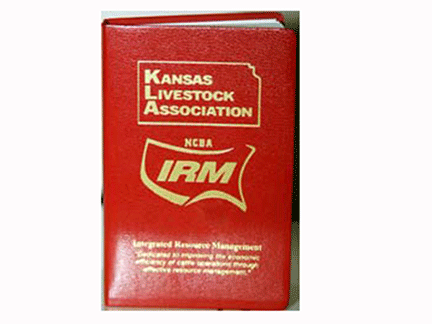By: Lacey Noterman, Livestock Extension Agent
Have you ever taken your steer to the butcher at 1,300 pounds and been disappointed when you only got 500 pounds of cut and packaged beef? You are not alone, there are many consumers are unaware of the steps in animal processing that result in changes in product weight.
The first step is to convert the live animal to a carcass. The amount of the live animal to a carcass. The amount of the live animal’s weight represented by the carcass, or dressing percentage, can be calculated as follows:
Dressing percentage: (carcass weight/live weight) x 100
Next, the animal’s blood, hide, and internal organs are removed, which results in weight loss. The amount of weight lost is highly variable and can be affected by many characteristics, including:
- Mud or manure on the hide of the animal
- The amount of food in the animal’s stomach
- Bruises that must be trimmed from the carcass
The dressing percentage varies for each species because animals carry body weight differently. Pork has the highest dressing percentage (70-75%) because skin and feet remain on the carcass. Hogs are monogastrics meaning they have a single-compartment stomach, which results in less weight compared to cattle that a 4-compartment stomach. Lambs have the lowest dressing percentage (54-59%) because of their heavy hides and less muscling on the carcass. The beef dressing percentage (60-64%) fall between pork and lamb.
Estimating the carcass weight of an animal is fairly easy because the process is standard across the industry. Predicting the weight returned as cuts of meat is much more difficult. A carcass can be processed into cuts (steaks, roasts, and ground meat) in multiple ways. The final weight varies depending on the processing style and cuts requested. Customers have many options and may be able to customize their order, adding even more variability to the equation. Here are a few choices that can affect the weight of the finished product:
- Bone-in vs boneless cuts: Removing the bone results in less weight returned as product.
- Fat percentage in the ground product: A leaner product produces fewer pounds of ground meat.
- Aging: Longer aging periods improve meat tenderness but lead to moisture loss and less weight returned.
- Type of aging (dry-aged vs wet-aged): Dry-aged products result in more moisture loss due to dehydration and additional trimming losses due to surface crust removal.
- Further processing: Having cuts processed into cooked sausages, hams, bacon, corned beef, and similar products results in fewer pounds of returned product of the moisture lost during the cooking process.



